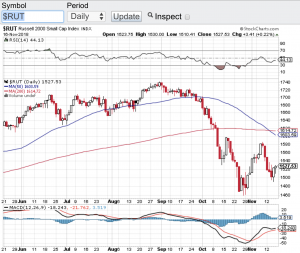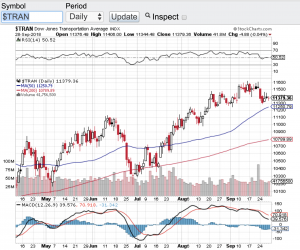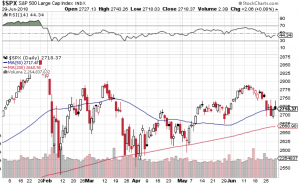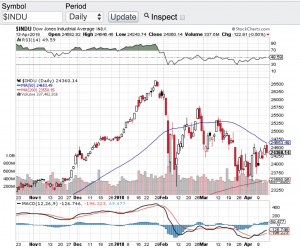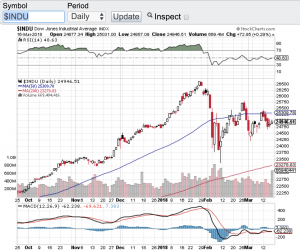Tariffs and interest rates are at front and center. Now that Q3 earnings reporting season is winding down, without question the two remaining catalysts for these markets between now and year-end are tariffs and interest rates. It’s been a long time since we have seen the swings that are going on right now in the stock market. Investor’s and trader’s alike are attached to every headline or tweet pertaining to the current trade war between China and the U.S. and whether or not the Federal Reserve will take its foot off of the pedal. The growing tensions between China and the U.S. regarding tariffs did abate late Friday when President Trump tweeted that China does want to make a deal. This was enough to rally the markets on Friday afternoon, but not enough to get the the key indexes out of the red on the week. On the week, the Dow Jones Industrial Average (chart) closed at 25,413, the S&P 500 (chart) closed at 2,736, the Nasdaq Composite (chart) closed at 7,248 and the small-cap Russell 2000 (see chart below) finished the week out at 1,527.
With the aforementioned looming catalysts on the horizon the big question is will we get a year end rally? My feelings are we may only need one of these catalysts to come through for a potential year-end rally. If China and the U.S. can agree upon more favorable terms to the imposed existing tariffs and/or actually withdraw some of the existing tariffs, we may have a shot. Not to say interest rates aren’t important, but relatively speaking interest rates still remain historically low. Even if the Federal Reserve raises rates in December, I still think that a China U.S. deal would be enough for a rally as we close out 2018. The G20 summit is just two weeks away and let’s hope some sort of deal can come forward out of the summit. Good luck to all 🙂
~George
